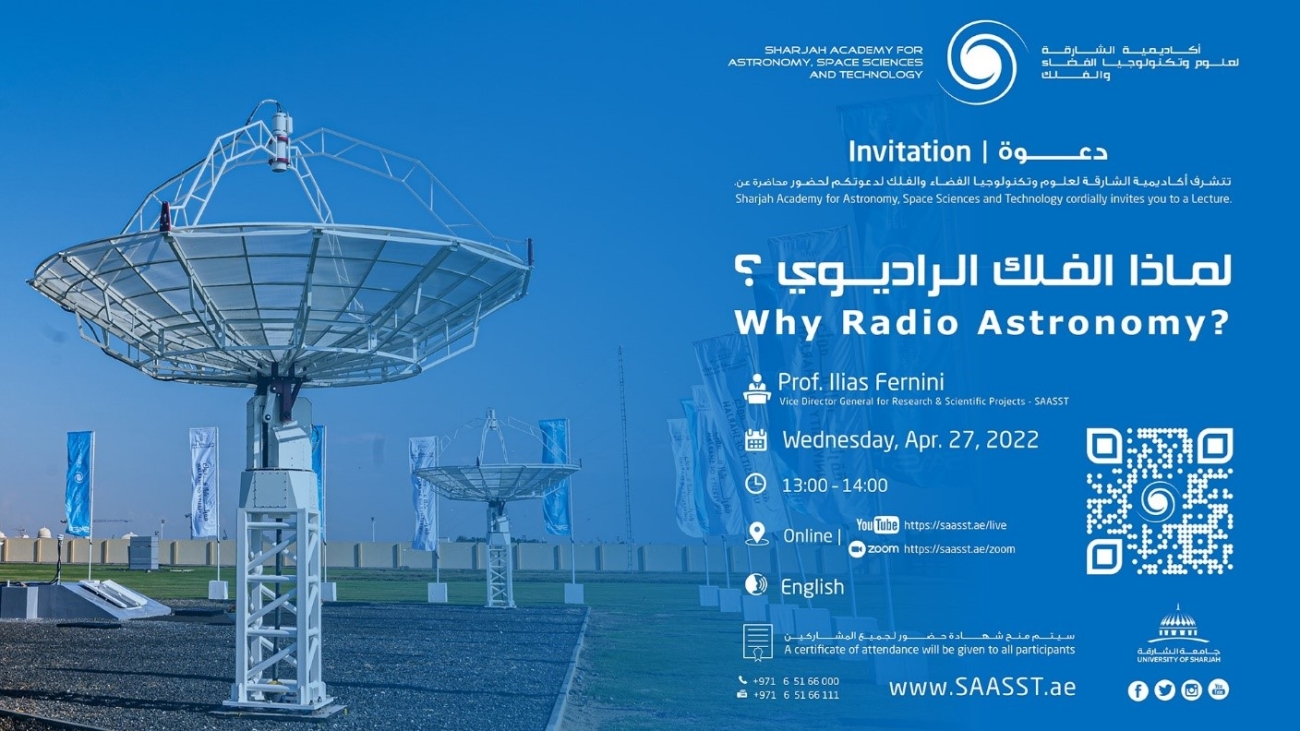From Gamma rays, X-rays, Ultraviolet, Visible, Infrared, Microwaves, and radio, these different types of radiation are necessary to pierce into this secret. It is like watching a football game through a corner seat where you can only 1/10 of the stadium if you do not use all of these different types of light.
The advent of WW II and the use of radar opened the floor to radio astronomy. Radio waves, longer and less energetic than visible light, give astronomers access to some of the most obscure physics in the cosmos. The radio regime lies at one extreme of the electromagnetic spectrum, where light waves have low energies. The first detected radio waves, produced by the acceleration of charged particles, were generated artificially in the late 1800s. Easy to make, with long wavelengths that allowed them to travel great distances unperturbed, radio waves were immediately seen as an excellent communication tool.
Observing these longer wavelengths gave astronomers an entirely new window into the Universe, allowing them to detect radio emissions produced by the glow of faint, faraway heat sources and exotic physics capable of accelerating charged particles in extreme and unexpected ways. Radio telescopes were the first to spot the rapidly spinning compact remnants of massive dead stars known as pulsars, the cosmic microwave background (light bearing the fingerprints of the Big Bang itself), and the first signs of supermassive black holes at the centers of galaxies including our own — the suspected source of Jansky’s original discovery. These phenomena are invisible if you only look at visible light.
The full video of the lecture can be checked through the link: https://www.youtube.com/watch?v=c0Y5-aAX71Q&t=2855s



